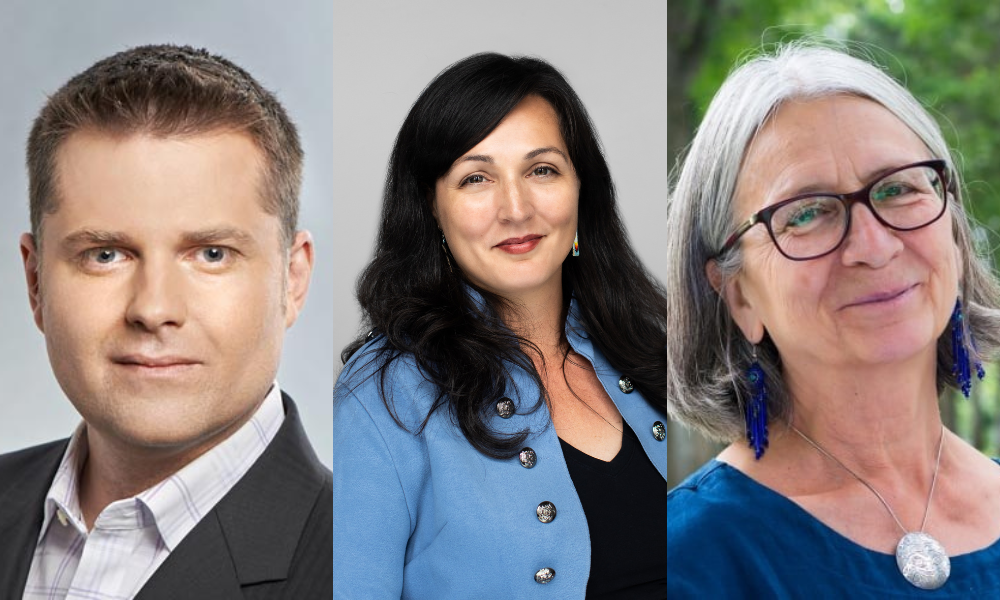
SCC to 'finally deal with the elephant in the room when it comes to modern Aboriginal law:' lawyer

Two upcoming Supreme Court of Canada cases could have significant implications for Indigenous self-government.
In Attorney General of Québec, et al. v. Attorney General of Canada, et al., the court will examine whether Indigenous law can prevail over provincial law in the context of child and family services. In Cindy Dickson v. Vuntut Gwitchin First Nation, the court will deal with the interaction between the Charter and a self-governing First Nation’s constitution.
“In these two cases, the Supreme Court of Canada will have to finally deal with the elephant in the room when it comes to modern Aboriginal law, how pre-existing Indigenous law, jurisdiction and self-government reconciles within Canada’s constitutional architecture,” says Jason Madden, an expert in Indigenous rights law and co-managing partner of Pape Salter Teillet LLP in Toronto.
Cindy Dickson v. Vuntut Gwitchin First Nation comes to the SCC via the Yukon. Dickson is a member of the Vuntut Gwitchin First Nation (VGFN), whose territory is located in northern Yukon, Alaska, and Northwest Territories. The VGFN has signed a self-government agreement and enacted a constitution, under which candidates for Chief of Councillor are required to reside in the nation’s Old Crow Settlement once elected. After election day, successful candidates living outside the Old Crow Settlement have 14 days to relocate.
Dickson lives 800 km away in Whitehorse and was unwilling to move because of her employment and her son’s health needs. The VGFN rejected Dickson’s candidacy and she brought the First Nation to court, seeking a declaration that the residency requirement breached her right to equality under s. 15(1) of the Charter.
While finding the residency requirement did not infringe the Charter, the court determined that the 14-day relocation time limit did. Both sides appealed and the Yukon Court of Appeal ruled that the residency requirement itself was a violation of s. 15(1), but that it was shielded by s. 25.
Section 25 states that the rights and freedoms guaranteed by the Charter “shall not be construed so as to abrogate or derogate from any aboriginal, treaty or other rights or freedoms that pertain to the Aboriginal peoples of Canada,” including “any rights or freedoms that now exist by way of land claim agreements or may be so acquired.” Dickson has appealed to the SCC.
In December, the SCC will hear Attorney General of Québec, et al. v. Attorney General of Canada, et al. which began as a Quebec Court of Appeal reference looking at the constitutionality of Bill C-92, An Act respecting First Nations, Inuit and Métis children, youth and families. With Bill C-92, the federal government sought to address the over-representation of Indigenous children in provincial care, and to keep children connected with families and culture by giving Indigenous communities jurisdiction over child and family services.
Through an Order in Council in December 2019, the Quebec government asked whether the legislation was ultra vires – beyond the authority of – the Parliament of Canada.
The Court of Appeal found that Bill C-92, aside from two sections, was constitutional because the Act’s pith and substance was aligned with s. 91(24) of the Constitution Act 1867, which gave the federal government exclusive authority over “Indians and lands reserved for Indians.”
But the court struck ss. 21 and 22(3), which gave Indigenous laws paramountcy over conflicting or inconsistent provincial laws, finding that they reach beyond Parliament’s authority under s. 91(24).
“It'll be a really interesting case to see,” says Madden, “because I think it will also set the template for how additional jurisdictions can be recognized in the future, as well as how Indigenous law and jurisdiction can be reconciled in other areas, in addition to child and family services.”
“It will be revisiting things that legal scholars have been saying, for a long time, are problems with the jurisprudence, and confronting the issue of Indigenous sovereignty, jurisdiction and self-government in a way that the court has avoided for a while,” says Naiomi Metallic, assistant professor of law and chancellor's chair in Aboriginal law and policy at Dalhousie University’s Schulich School of Law. Metallic is acting as counsel to the First Nations Child and Family Caring Society, a party to case.
Dr. Val Napoleon is interim dean and law foundation chair of Indigenous justice and governance at the University of Victoria Faculty of Law. Her research includes Indigenous legal traditions and Indigenous legal theory
“The backdrop to these cases is that Indigenous peoples are rebuilding their laws, and their legal orders, across Canada,” says Napoleon. “The homework is first at the local levels, with Indigenous peoples, to do that rebuilding."
"The next step is figuring out: What is the interaction with Canadian law?”
While this work is still largely invisible to the courts and the Canadian public, she says, people are working to make it visible. As director of the Indigenous Law Research Unit, Napoleon partners with Indigenous communities to revitalize Indigenous law and governance. She adds that the Wahkohtowin Law and Governance Lodge, at the University of Alberta, also works with Indigenous communities to identify and implement their own laws.
“All of this legal work, on the part of Indigenous peoples, will make a difference – in a good way – for Canada,” says Napoleon. “This is good news for Canada, to have a wider understanding of law, a wider understanding of the aspirations of Indigenous people – of all the people of Canada, not just civil and common-law jurisdictions.”
“It's another legal resource, another lens for people to look at how to solve problems.”